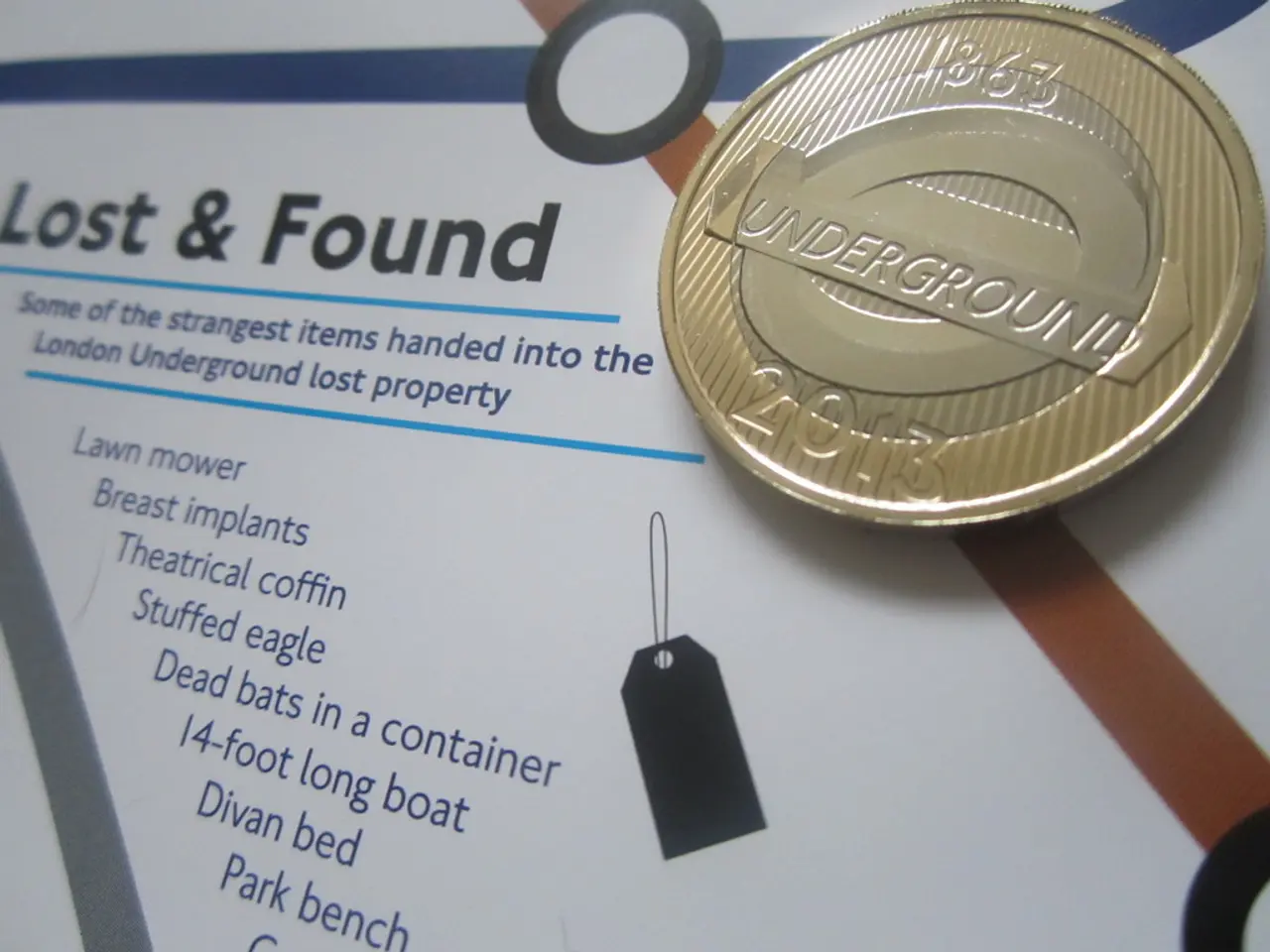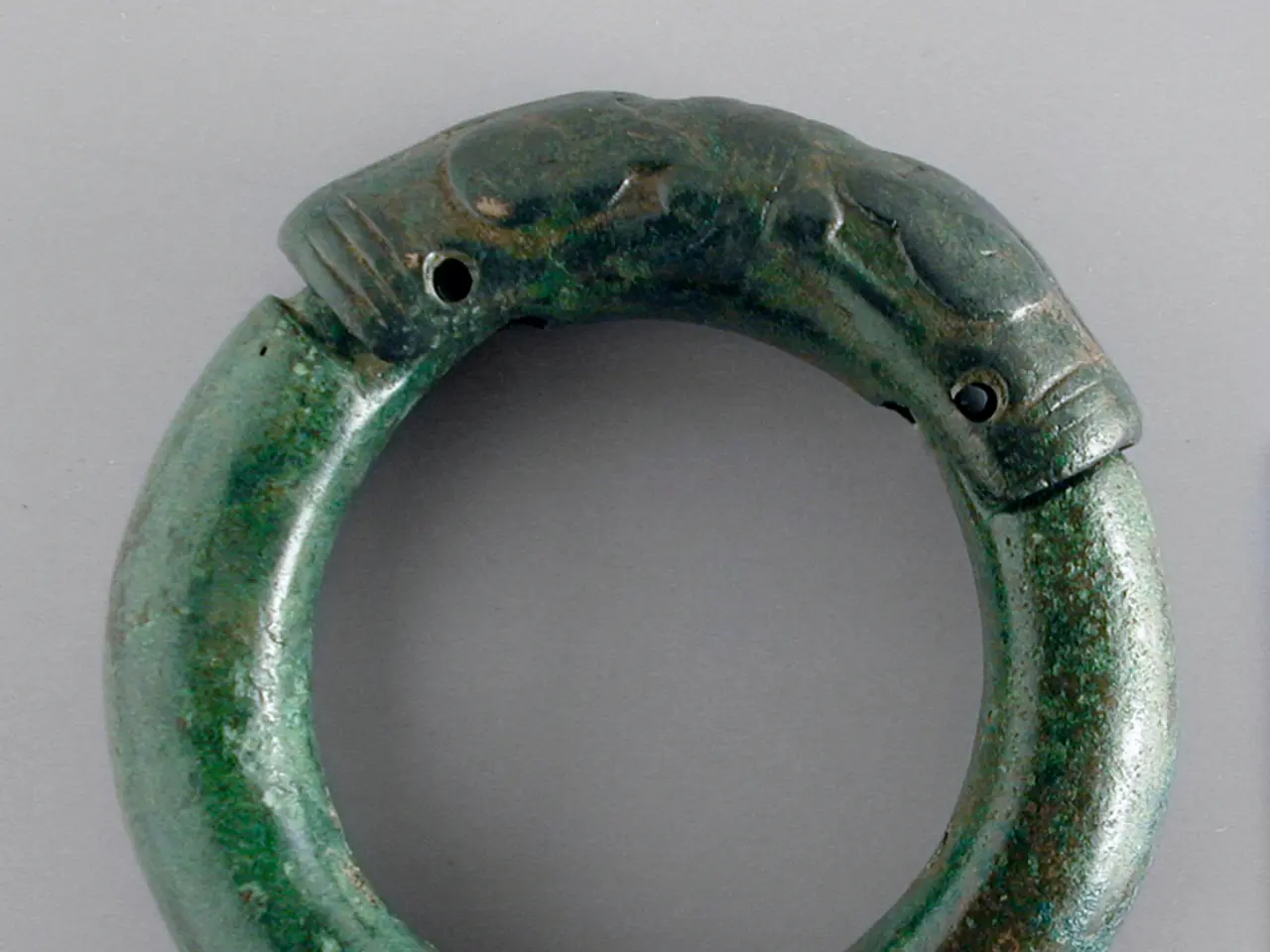Euro in the digital format and physical cash will coexist, according to the European Central Bank.
The European Central Bank (ECB) is working towards a future where cash and digital payments coexist, offering both options to the public. This approach, known as a complementary dual payment system, aims to preserve the key advantages of cash while providing a modern, digital equivalent that caters to evolving payment preferences.
Cash, despite the rise of digital payments, remains indispensable and widely used. With over €1.6 trillion in circulation, it continues to grow in demand, especially during crises or network outages. Consumers trust cash, and it remains operational even during power blackouts, making it a reliable choice for many.
On the other hand, digital payments are increasingly preferred. Consumers are shifting towards card, mobile, and online payments, with digital transactions rising substantially in recent years. The digital euro, a sovereign, inclusive, and widely accepted digital payment method, is being developed to replicate cash benefits such as privacy and reliability, without relying on private non-European payment infrastructures.
The ECB's focus on both cash and digital payments is driven by several key factors. By providing a central bank digital currency (CBDC), the ECB seeks to reduce dependence on foreign digital payment providers, maintain the euro's stability and accessibility, and support a competitive European payments landscape.
The modernization of euro banknotes is also a priority for the ECB. They are focusing on making banknotes more secure, durable, and accessible to everyone, including people with vision difficulties. This ensures that cash remains useful, practical, and available to everyone in all parts of Europe.
The digital euro, backed by the ECB, is not intended to replace cash but to coexist with it. It is designed to be easy and helpful for everyday tasks such as online shopping and money transfers. The digital euro can be used on phones, in shops, and even without internet connectivity.
The ECB's approach to the digital euro prioritizes maintaining privacy and inclusivity for those who may not be familiar or have limited access to digital payment methods. The goal is to support the financial needs of all European citizens, regardless of their preference for cash or digital payment methods.
The digital euro, unlike cryptocurrency, is considered official, safe, and trustworthy. It is backed by the European Central Bank, ensuring its stability and reliability. The ECB acknowledges that cash continues to play a significant role in the European economy and believes that it offers unique benefits such as freedom, privacy, and accessibility that digital payments may not provide.
In summary, the ECB's strategy is to modernize and safeguard the euro’s role in both physical and digital forms, recognizing that cash and digital payments serve complementary purposes and different user needs. This approach strengthens Europe’s payment resilience, inclusivity, and monetary sovereignty.
Business and technology are intertwined in the European Central Bank's (ECB) strategy for the future, where cash and digital payments coexist. The ECB is developing the digital euro, a modern, digital equivalent of cash that caters to evolving payment preferences, but aims to coexist rather than replace cash. Unlike cryptocurrency, the digital euro is considered official, safe, and trustworthy, backed by the European Central Bank.




